Looking for a delicious meatless alternative to the classic Filipino adobo? My Mushroom Adobo recipe is the perfect solution! I discovered this dish when experimenting in my kitchen, and it's become a family favorite. Whole button mushrooms are simmered in that signature tangy-savory adobo sauce until they become tender and packed with flavor.
The best part? It comes together in just 20 minutes with simple pantry ingredients! The mushrooms soak up all those wonderful adobo flavors of soy sauce, vinegar, and garlic, creating a satisfying dish that even meat-lovers will crave.
What Is Mushroom Adobo?
Mushroom adobo is a vegetarian adaptation of the Filipino national dish. While traditional adobo typically features meat simmered in vinegar, soy sauce, garlic, and bay leaves, this version uses whole button mushrooms that absorb all those classic flavors while providing a meaty texture. It's an excellent plant-based alternative that still delivers the signature tangy-savory profile that makes adobo so beloved.
Jump to:
Why You'll Love This Recipe
This mushroom adobo transforms ordinary button mushrooms into a flavor-packed dish that captures the essence of Filipino cuisine. You'll love how the mushrooms soak up the tangy, savory adobo sauce while maintaining their meaty texture. It's a quick, vegetarian alternative to traditional meat adobo that doesn't compromise on flavor. Perfect for busy weeknights when you need something satisfying yet simple.
Ingredients
I carefully selected each ingredient in this mushroom adobo to create the perfect flavor balance. Button mushrooms are the star because their firm texture holds up beautifully during cooking while absorbing all the savory goodness.
The classic adobo combination of soy sauce and vinegar creates that signature tangy-salty base, while garlic adds aromatic depth. I include a bay leaf for its subtle herbal notes that complement the earthy mushrooms perfectly. A touch of sugar at the end balances the acidity and brings all the flavors together harmoniously.
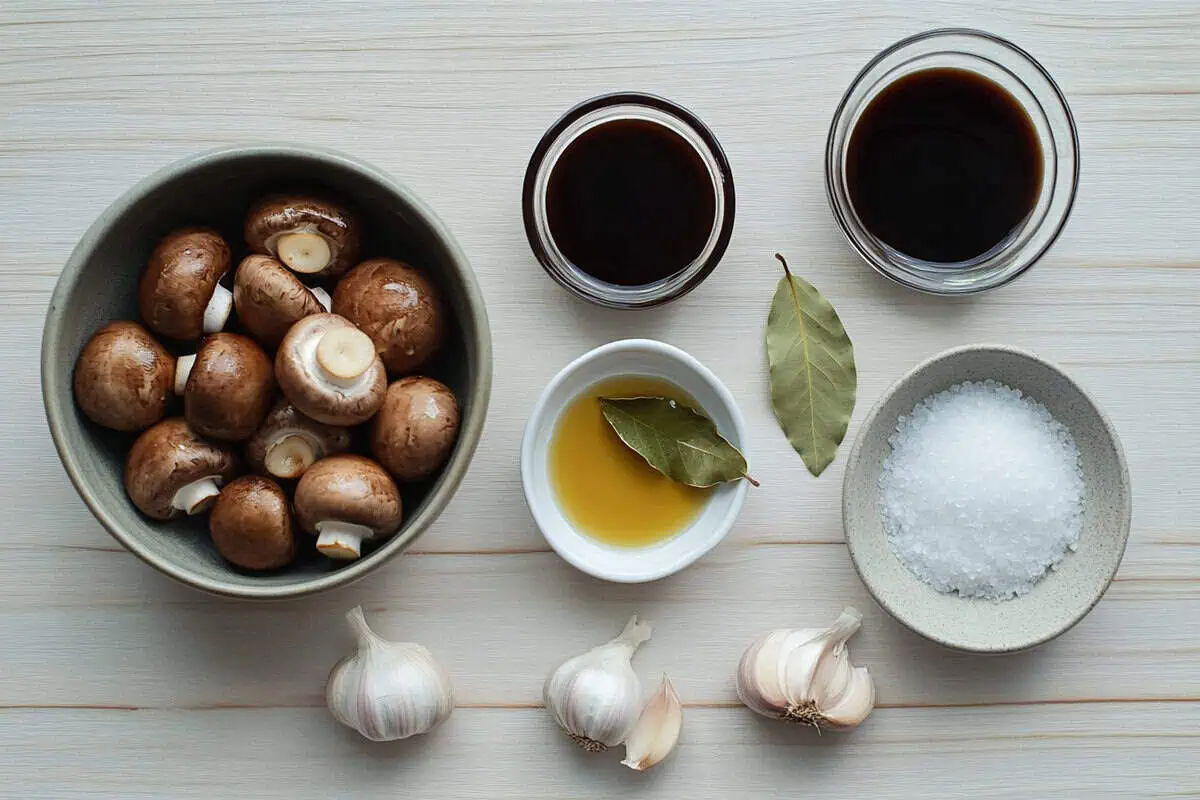
- 2 tablespoon olive oil
- 4 cloves garlic, smashed and peeled
- 1 ½ lbs whole button mushrooms
- Sea salt and freshly ground pepper
- 3 tablespoon soy sauce
- 3 tablespoon white vinegar
- 1 bay leaf
- 1 teaspoon sugar
Equipment
- Wok or large skillet
- Measuring spoons
- Knife and cutting board
- Paper towels
- Cooking spoon or spatula
- Serving plate
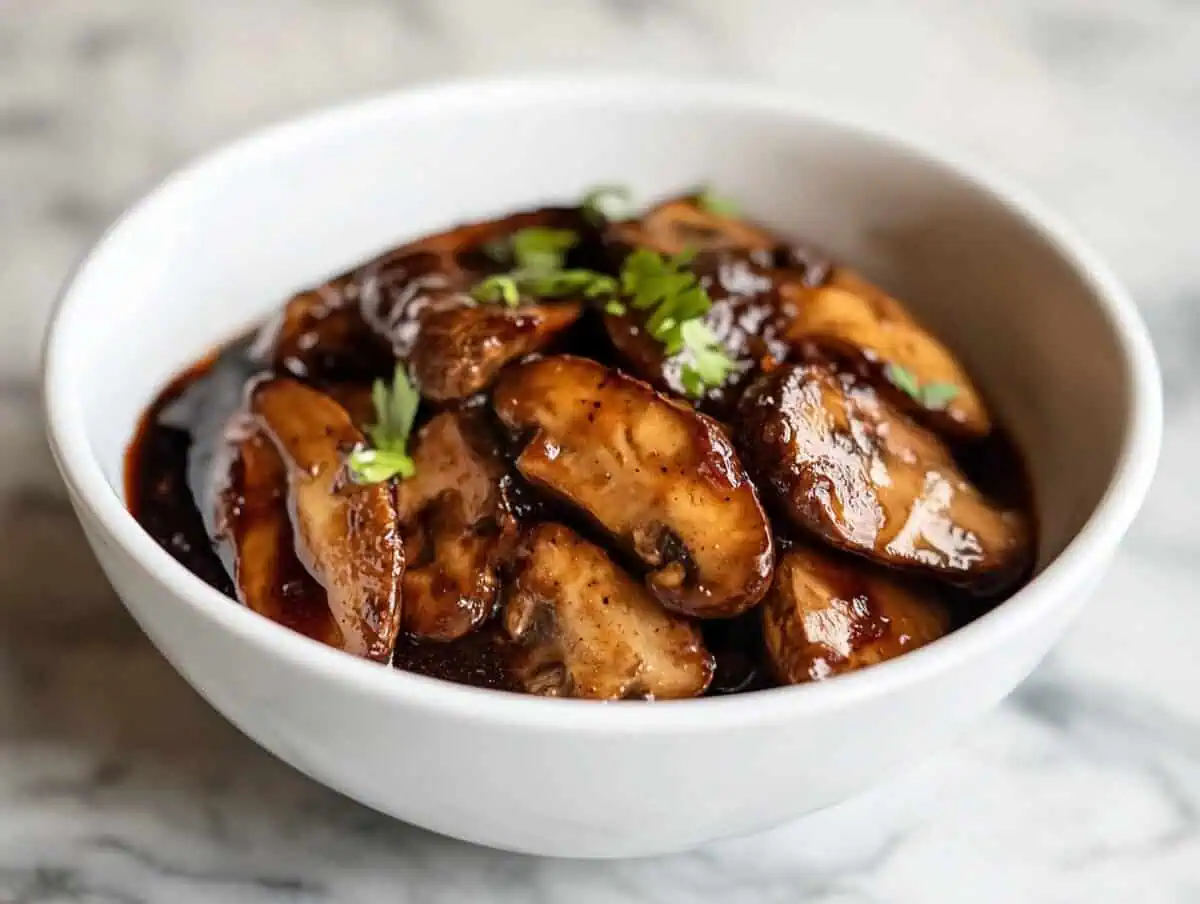
How To Make
- Prepare the mushrooms: Lightly rinse mushrooms with cool water and pat dry with paper towels.
- Sauté the aromatics: Heat wok or skillet over medium-high heat. Add oil, rotating to coat sides of skillet. Add garlic and mushrooms; stir-fry until mushrooms are slightly browned, about 2 minutes. Season with salt and pepper.
- Simmer in adobo sauce: Add soy sauce, vinegar and bay leaf. Without stirring, bring the mixture to a boil, reduce heat, cover and let simmer until mushrooms are tender, about 10 minutes.
- Finish the dish: Add sugar and stir to combine, balancing the tangy flavors.
- Serve: Transfer to a serving plate and serve with steamed rice.

Tips from Lola's Kitchen
- Don't wash mushrooms excessively - They absorb water quickly and can become soggy. A light rinse and thorough pat-dry is sufficient.
- Let the sauce come to a boil before reducing heat - This helps the vinegar to fully release its acidic aroma, resulting in a more balanced flavor.
- Don't stir immediately after adding the vinegar and soy sauce - Allowing the mixture to come to a boil untouched helps develop a deeper flavor.
- Brown the mushrooms properly - Take time during the initial stir-frying to get some color on the mushrooms, as this develops a richer, more complex flavor.
- Double the recipe - These mushrooms disappear quickly! Consider making a larger batch for leftovers.
Substitutions
- Mushroom varieties - While button mushrooms work perfectly, you can experiment with cremini, shiitake, or oyster mushrooms for different textures and flavors.
- Vinegar options - White vinegar provides classic tang, but apple cider vinegar or rice vinegar can offer subtle flavor variations.
- Soy sauce alternatives - For a gluten-free version, use tamari or coconut aminos.
- Oil choices - Coconut oil can be used instead of olive oil for a subtle tropical undertone.
- Sweetener - Brown sugar or honey can replace white sugar for a deeper sweetness.
Troubleshooting
- Too salty? Add a bit more sugar to balance the flavor or dilute with a small amount of water.
- Too acidic? Add a touch more sugar or a small pat of butter to mellow the vinegar.
- Mushrooms too tough? They likely need more cooking time. Simmer for a few additional minutes until tender.
- Sauce too thin? Remove the lid and allow to simmer uncovered for a few minutes to reduce and thicken.
- Sauce too thick? Add a tablespoon of water to reach desired consistency.
Storage & Reheating
- Refrigeration - Store leftovers in an airtight container in the refrigerator for up to 3 days.
- Freezing - While possible, freezing isn't ideal as mushrooms can change texture. If necessary, freeze in an airtight container for up to 1 month.
- Reheating - Warm gently in a skillet over medium-low heat, adding a splash of water if the sauce has thickened too much. You can also microwave on medium power, stirring halfway through.
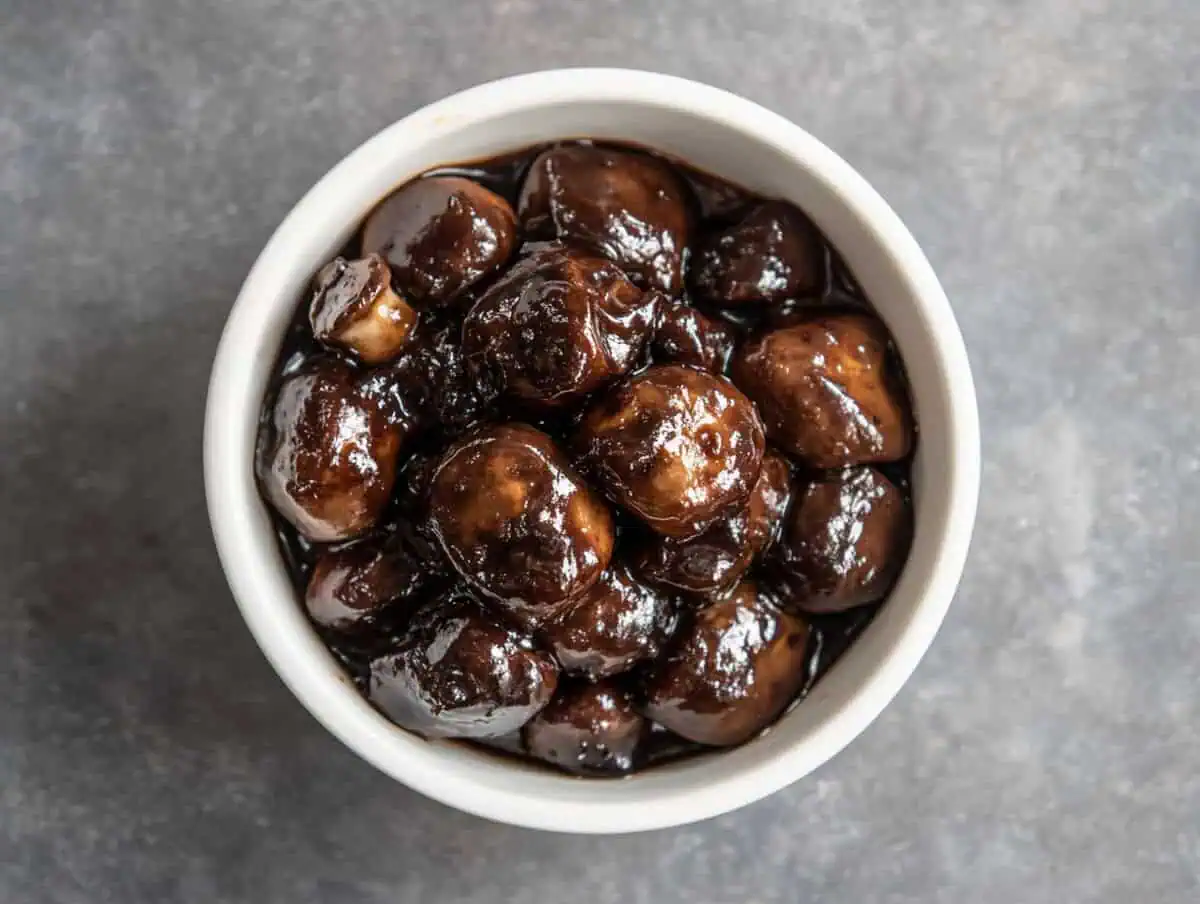
FAQ
Can I use canned mushrooms instead of fresh?
Fresh mushrooms are strongly recommended for the best texture and flavor. Canned mushrooms tend to be already soft and won't absorb flavors as well.
Is this dish vegan?
Yes! This mushroom adobo is completely plant-based.
Why don't you add water to this recipe?
Mushrooms naturally release water when cooked, providing enough liquid for the sauce. Adding water would make the dish too watery.
Can I make this in advance for a party?
Absolutely! The flavors actually improve after sitting for a few hours or overnight.
What can I serve with mushroom adobo?
Traditional steamed rice is the perfect accompaniment, but it also pairs well with quinoa or cauliflower rice for a low-carb option.
Can I add other vegetables to this dish?
Yes! Bell peppers, onions, or baby bok choy would be delicious additions. Add firmer vegetables earlier in the cooking process and more delicate ones toward the end.
Related
Looking for other recipes like this? Try these:

Mushroom Adobo
Ingredients
- 2 tablespoon olive oil
- 4 cloves garlic smashed and peeled
- 1 ½ lbs whole button mushrooms
- Sea salt and freshly ground pepper
- 3 tablespoon soy sauce
- 3 tablespoon white vinegar
- 1 bay leaf
- 1 teaspoon sugar
Instructions
- Prepare the mushrooms: Lightly rinse mushrooms with cool water and pat dry with paper towels.
- Sauté the aromatics: Heat wok or skillet over medium-high heat. Add oil, rotating to coat sides of skillet. Add garlic and mushrooms; stir-fry until mushrooms are slightly browned, about 2 minutes. Season with salt and pepper.
- Simmer in adobo sauce: Add soy sauce, vinegar and bay leaf. Without stirring, bring the mixture to a boil, reduce heat, cover and let simmer until mushrooms are tender, about 10 minutes.
- Finish the dish: Add sugar and stir to combine, balancing the tangy flavors.
- Serve: Transfer to a serving plate and serve with steamed rice.
Tips from Lola's Kitchen
- Don't wash mushrooms excessively - They absorb water quickly and can become soggy. A light rinse and thorough pat-dry is sufficient.
- Let the sauce come to a boil before reducing heat - This helps the vinegar to fully release its acidic aroma, resulting in a more balanced flavor.
- Don't stir immediately after adding the vinegar and soy sauce - Allowing the mixture to come to a boil untouched helps develop a deeper flavor.
- Brown the mushrooms properly - Take time during the initial stir-frying to get some color on the mushrooms, as this develops a richer, more complex flavor.
- Double the recipe - These mushrooms disappear quickly! Consider making a larger batch for leftovers.
The Story Behind Mushroom Adobo
Adobo is undeniably the national dish of the Philippines, with a rich history dating back centuries. Traditional Filipino adobo typically features meat—usually chicken or pork—simmered in the signature mixture of vinegar, soy sauce, garlic, and bay leaves. The cooking technique originated as a preservation method in pre-refrigeration days, where vinegar's acidity and salt from soy sauce created an environment that inhibited bacterial growth.
My mushroom adobo represents the beautiful evolution of this classic Filipino recipe. As plant-based diets gain popularity worldwide, traditional dishes are being reimagined to accommodate changing dietary preferences without sacrificing authentic flavors. Button mushrooms make the perfect substitute for meat in adobo because of their natural umami flavor and meaty texture that readily absorbs the tangy-savory sauce.
Many Filipino households have their own treasured adobo recipe, passed down through generations with subtle variations. Some families prefer a saucier adobo, while others cook it until nearly dry. Some add coconut milk for creaminess, while others incorporate vegetables like potatoes or bell peppers. This mushroom adaptation continues this tradition of innovation while honoring the dish's essential flavor profile.
What makes Filipino adobo unique compared to other adobo styles (like Spanish or Mexican varieties) is the combination of vinegar and soy sauce. The Chinese traders who visited the Philippines introduced soy sauce, which was incorporated into the native cooking method that already used vinegar. This fusion created the distinctively Filipino adobo we know today.
The beauty of mushroom adobo lies in its simplicity and accessibility. Unlike meat-based versions that require longer cooking times, mushroom adobo comes together in just 20 minutes, making it perfect for busy weeknights. The mushrooms readily absorb the complex flavors of the adobo sauce, creating a dish that's both familiar to adobo lovers and exciting for those looking to incorporate more plant-based meals into their diet.
Whether you're a vegetarian looking for authentic Filipino flavors or simply want to enjoy a meatless Monday option that doesn't compromise on taste, this mushroom adobo delivers the perfect balance of tangy, savory, and slightly sweet notes that make Filipino adobo a beloved dish worldwide. Serve it over steaming white rice to experience the full comfort food effect that has made adobo a staple in Filipino cuisine for generations.
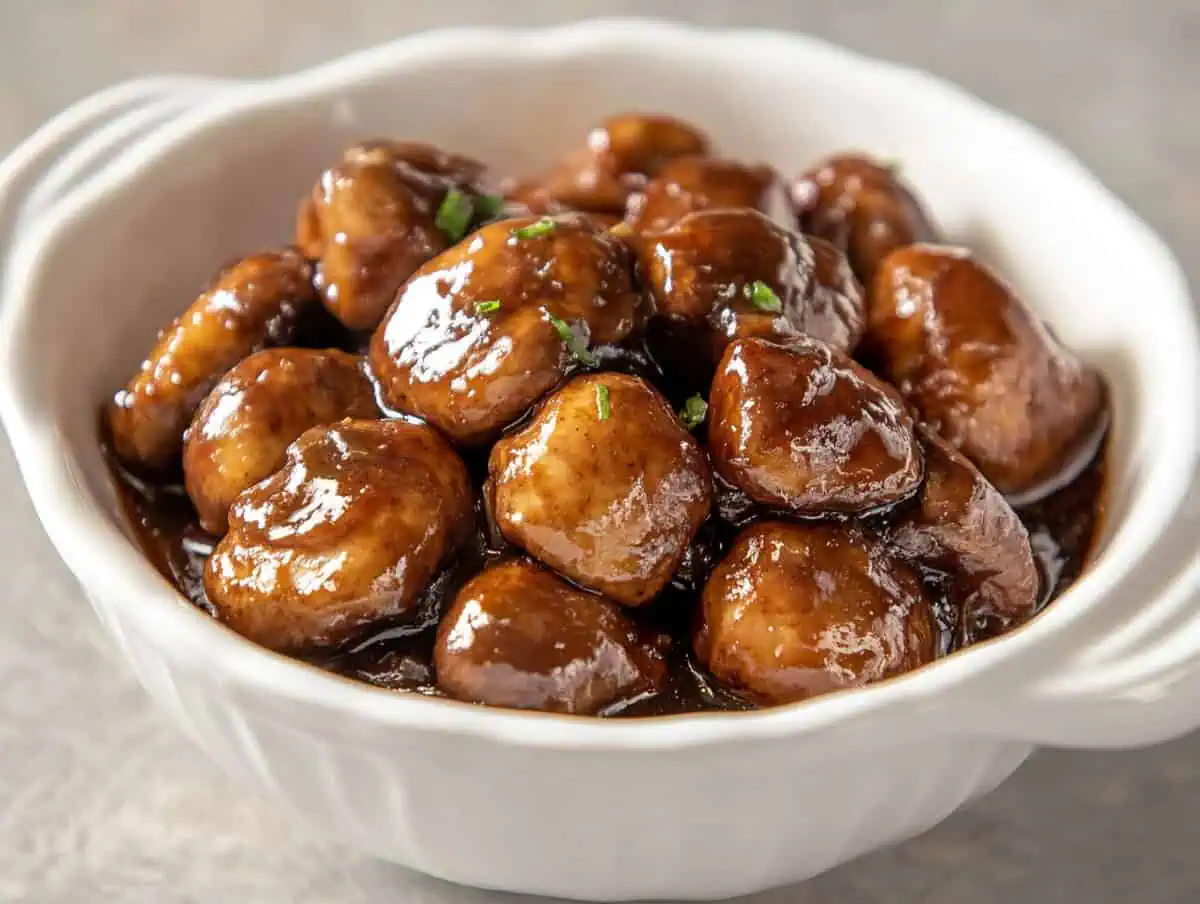






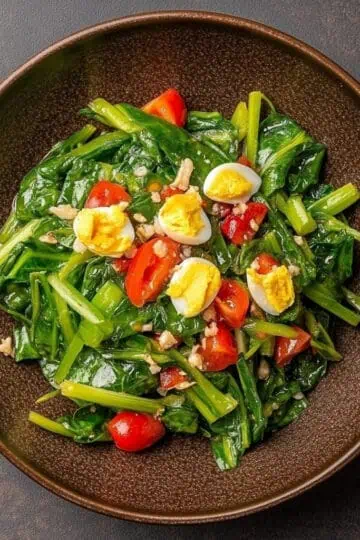

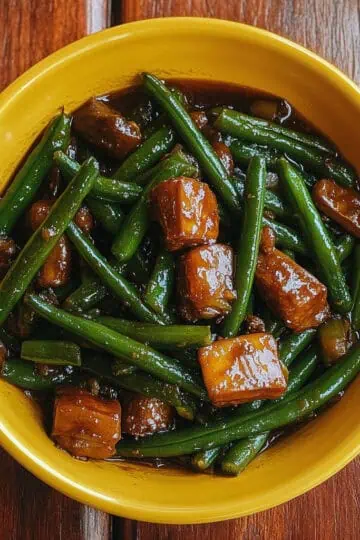
Comments
No Comments